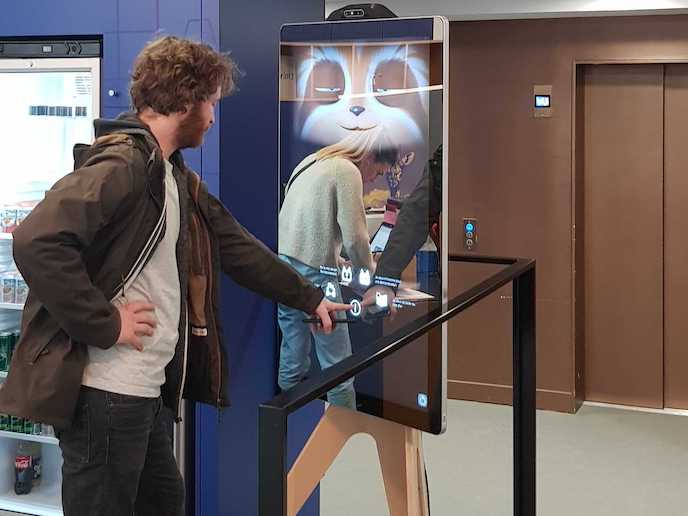Emergent behaviour from collective systems underpins the success of ‘smart networks’
Smart cities rely on increased digital connectivity through technologies such as the Internet of Things, with its networks of wireless sensors. These systems are shaped by small distributed computational elements, as opposed to large centralised computing solutions. Yet these individual elements evidence adaptive behaviour, not only shaped by the system but in turn shaping it. Alongside the potential for joined-up activity, this arrangement also poses considerable design and operational challenges, such as elements competing for shared resources despite collaborating to reach common goals. To overcome these challenges, the EU-funded QUANTICOL(opens in new window) project used a descriptive paradigm, known as the ‘collective adaptive system’ (CAS), to enable system modelling across time and space. The CAS framework captured both the behaviour of individual components, as well as emergent behaviour from system interaction. These models predicted possible user-interaction outcomes, particularly focusing on criteria such as timeliness and appropriateness of system response. Harnessing adaptive systems for improved end-user experience QUANTICOL focused especially on the resource management challenges of smart urban transport and smart grid systems. Explaining how the approach works in practice, the project coordinator Professor Jane Hillston says, ‘Take bike sharing systems; we know that it is not good for a pick-up station to be wholly full or empty. So by using modelling to track system components and interactions, we can help the underlying IT systems anticipate demand and improve its response, such as by capacity planning.’ Explaining how the modelling depended on first finding a specification language capable of accurately describing the system, Prof. Hillston recalls, ‘The language we used belonged to a family of formal languages called stochastic process algebras. We then used established rules for constructing mathematical representations from the system descriptions, known to be amenable to various analysis techniques.’ The team were especially interested in mathematical structures which facilitated ‘continuous approximation’ analysis, as this delivers accurate results for very large systems, but with reduced computational demand. Once modelling requirements had been constructed the team used automated analysis techniques to test hypotheses applied to use scenarios. The large number of components involved, and their spatially distributed nature, made the analysis computationally challenging. As Prof. Hillston summarises, ’QUANTICOL’s major contribution was to develop analysis techniques which allow the behaviour of substantial systems to be predicted within a reasonable timeframe, sometimes even in real-time. This was a significant improvement over the state of the art at the start of the project, offering the prospect of real-time monitoring and planning.’ QUANTICOL also succeeded in extending the class of models to which continuous approximation can be applied, while improving approximation data accuracy. Taking language skills to the next level Much hope has been placed at the door of smart IT systems for the delivery of products and services that help tackle global challenges like climate change, while also enabling a more sustainable and efficient way of life. But as Prof. Hillston contends, ‘As IT systems become ever more pervasive, through being embedded in our physical environment, they also become somehow more transparent, as users depend on them. It is crucial that those who develop and deploy such systems have tools available to assess their behaviour before, during and after they are put into operation.’ To take the work forward, the QUANTICOL team is continuing to seek novel ways of combining formal languages and logics with sophisticated mathematical models, so that designers and system operators who are not necessarily trained in the required fields, can nevertheless take advantage of the results. The team is also extending modelling to systems and applications that could benefit from fluid approximation approaches. As well as applying their CAS techniques to more familiar systems such as data propagation protocols in peer-to-peer networks and epidemiological models, the team is exploring new classes of systems. For example, they have explored the behaviour and interaction between subsistence farmers in sub-Saharan Africa to better understand their consequences for food security. QUANTICOL was officially funded through the European Commission’s Future and Emerging Technologies (FET) programme.







